Western Digital's 2TB ArmorLock encrypted NVMe SSD allows users to ditch complicated or easily compromised passwords without compromising security.
ArmorLock encrypted NVMe SSD boasts read and write speeds of up to 1000MB/s via a SuperSpeed USB 10Gbps port. It supports both USB-C and USB-A connections and includes both cables in the box.
Additionally, it is rated with an IP67 dust and water resistance rating, up to nine feet of drop protection, and 1,000 pounds of crush resistance, making it safe to ship or take to job sites without fear of losing data.
The drive includes high-grade 255-bit AES-XTS hardware encryption and allows for a one-step erase and reformat to your preferred file system.
Users will no longer need to keep track of complicated passwords, either. The drive works with the ArmorLock app, allowing users to quickly lock and unlock the device wirelessly via their iPhone — including support for both Touch ID and Face ID. The app also allows users to track the drive's last known location on a map.
For enterprise users, ArmorLock mobile and desktop apps allow fleet managers to configure and manage multiple drives. Managers will be able to easily grant and revoke access and set user permissions remotely, as well. This is especially useful for businesses that need to ship drives from one location to another.
The ArmorLock apps also receive regular updates for continued security, support, improvements, and new features, ensuring that the drive will continue to be as secure as the day it was purchased.
The ArmorLock encrypted NVMe SSD is available today for $599 and comes in a 2 terabyte configuration. The ArmorLock app for iOS and macOS is available for free and does not require a subscription.
 Amber Neely
Amber Neely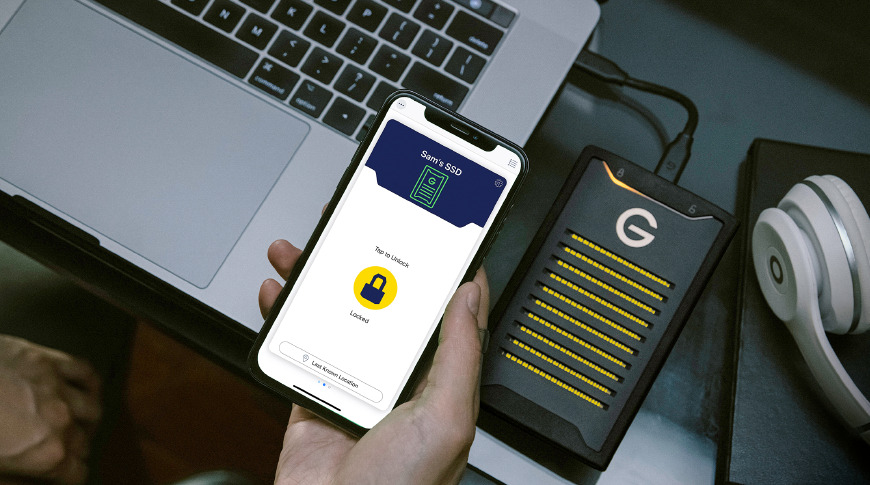







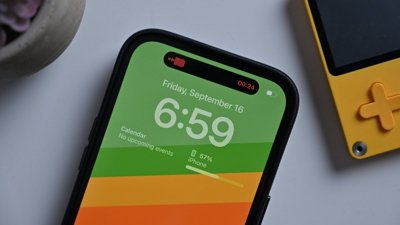
 Marko Zivkovic
Marko Zivkovic
 Wesley Hilliard
Wesley Hilliard
 Christine McKee
Christine McKee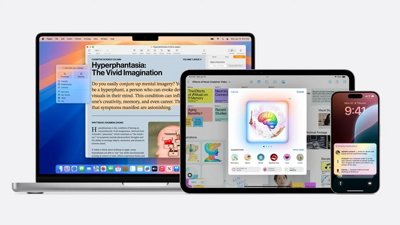
 Malcolm Owen
Malcolm Owen
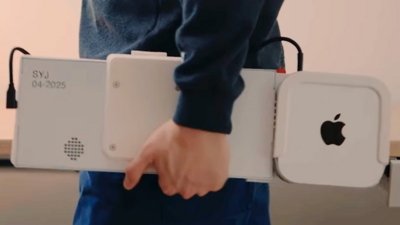
 William Gallagher
William Gallagher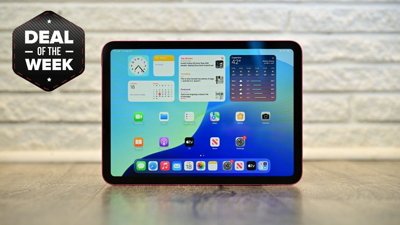
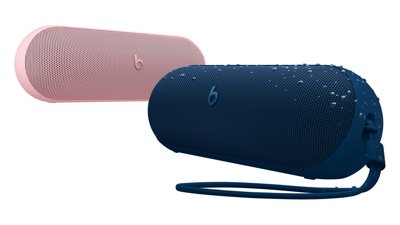





-m.jpg)



7 Comments
255-bit AES-XTS encryption? It uses an app so it has passwords of some kind wherever they may be. I have to wonder if this app will work under Big Sur without extensions. I saw VMWare mentioned their latest update Fusion update won't work with Big Sur because of its lack of extension ability by developers.
I'll stick with encrypted APFS (configured using FileVault) instead of using a third-party encryption tool to manage its hardware encryption.
Using a phone as the key is still a single point of failure. Not good.
I wonder if you can use both types of encryption at the same time.
It's 256-bit, not 255.